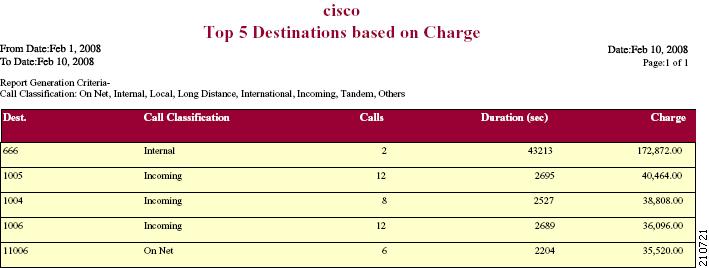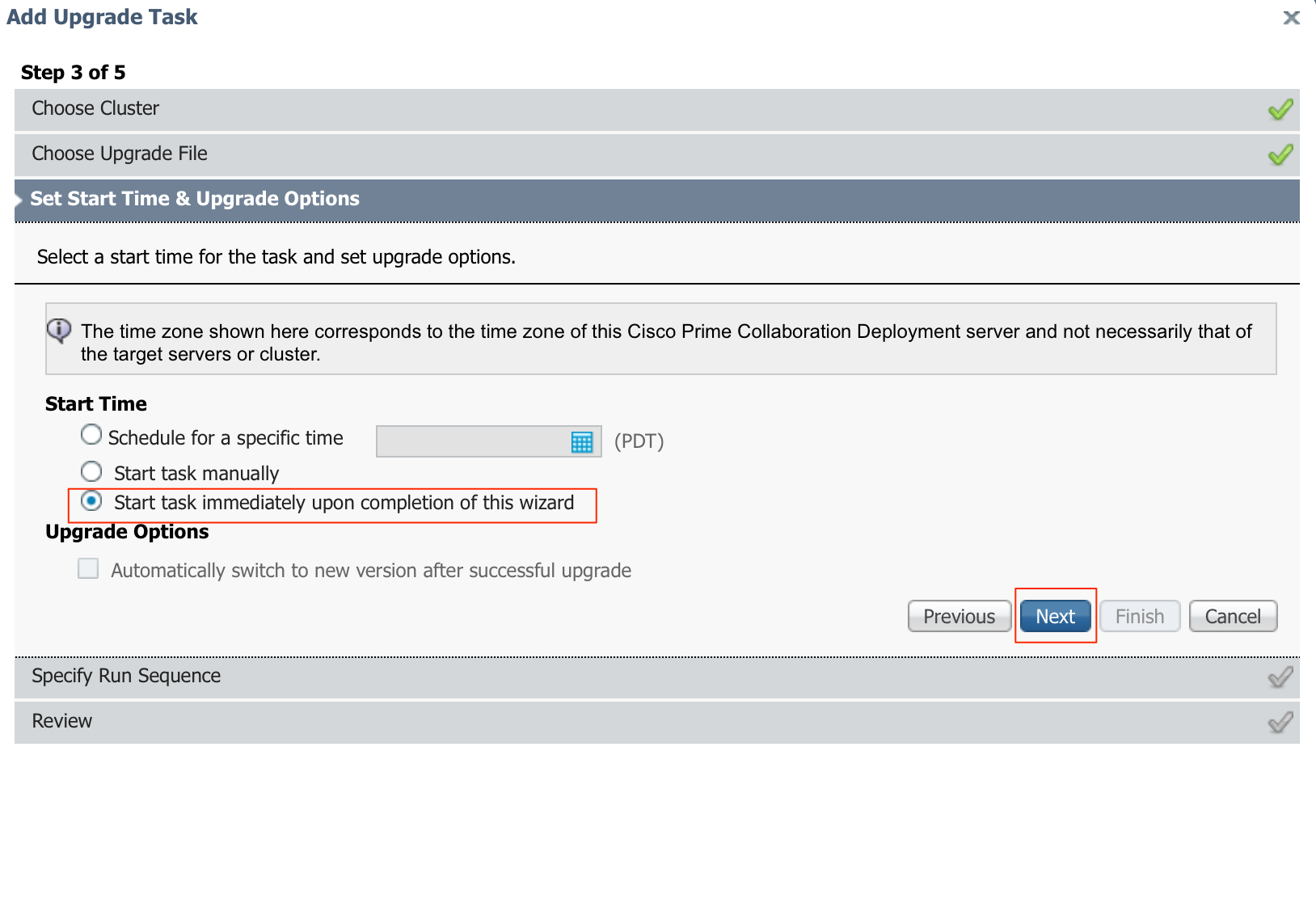
We're now to the point where we'd simply like to block calls coming from his cell phone. He has a disability and we've been kind and understanding of his condition for 3 weeks, hoping he might stop calling eventually. Note: This can only block unwanted calls based on DNIS information and not on the ANI information.įor more information, refer to Route Pattern Configuration. Cisco We have a customer who calls every day and harrasses our receptionist. ANI (Automatic number identification) is a feature of telephony intelligent network services which permits subscribers to display or capture the. In this case, the "knob" that is used to block the call is the Route or Block this pattern option. This document covers the Technotes for Blocking calls in Cisco Unified Communications Manager (CUCM) 8.x and later based on Automatic Number Identification(ANI) when CUCM is using MGCP Gateway. To do this, the DNIS or called number can be specified in a route pattern, then applied to the gateway. To block calls in the same manner at the Cisco CallManager level, use translation patterns.

Note: This method of blocking calls can only be accomplished based on the DNIS information (called party number) and not on the ANI (calling party number) information.

This sends the call nowhere, and the calling party receives a reorder tone. Give the x-lation pattern a CSS that has access to NOTHING. Then, the gateway in Cisco CallManager must be configured to have a Content Services Switch (CSS) with access to this x-lation pattern first, based on the x-lation pattern partition. This is accomplished through translation patterns in the Cisco CallManager configuration.Īn x-lation pattern in Cisco CallManager must be created to match the inbound DNIS information (called party number). If a Media Gateway Control Protocol (MGCP) gateway (controlled by Cisco CallManager) is used, the only way to block unwanted calls is based on the DNIS information.
CISCO CALL MANANGER BLOCK INCOMING NUMBERS HOW TO
If an H.323 gateway is used, incoming calls can be blocked based on ANI and DNIS information through translation rules on the gateway configuration.įor more information on how to block incoming calls with an H.323 gateway, refer to How to block incoming calls based on calling number and called number information with a Cisco IOS H.323 gateway. Then, make sure to consider any limitations of the gateway being used. You may enable this setting at your own risk it is possible that this setting may inadvertently block legitimate calls.To determine the appropriate procedure, first determine whether it is desirable to block unwanted calls based on Automatic Number Identifier (ANI), or Dialed Number Identification Service (DNIS) information, or both. Additionally, there is an option to block all calls with no caller ID. To view your list of blocked numbers, go to your Teams settings and choose "Privacy." You will see a setting to view your list of blocked contacts. You should now see the word "Blocked" next to that number in your call history. To block all future calls from that number, click on the extended options menu next to the entry in the call history, and choose "Block." Calls that are not associated with a contact and do not have a matching Caller ID record will show as "Unknown." To view the specific number that called, click on the entry in your call history, and the number will appear in the sidebar. To block calls in the same manner at the Cisco CallManager level, use translation patterns. To block a call, first navigate to the Calls screen in Teams. After spending some time blocking individual numbers, you should see a drastic reduction in the number of marketing/spam calls you receive. This way you will not receive a call from that same number again. While there is not a proactive spam filter for phone numbers, it is possible to block calls from a specific number after it is received. Using Teams Phone, it is possible to block unwanted spam calls.

Audience: Franklin University Faculty and Staff with an assigned University phone extensionĭisclaimer: The results and functionality of the following article only apply to the audience listed above.


 0 kommentar(er)
0 kommentar(er)
